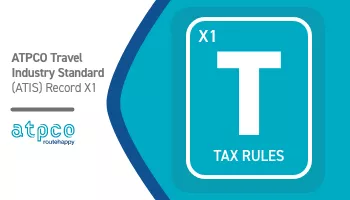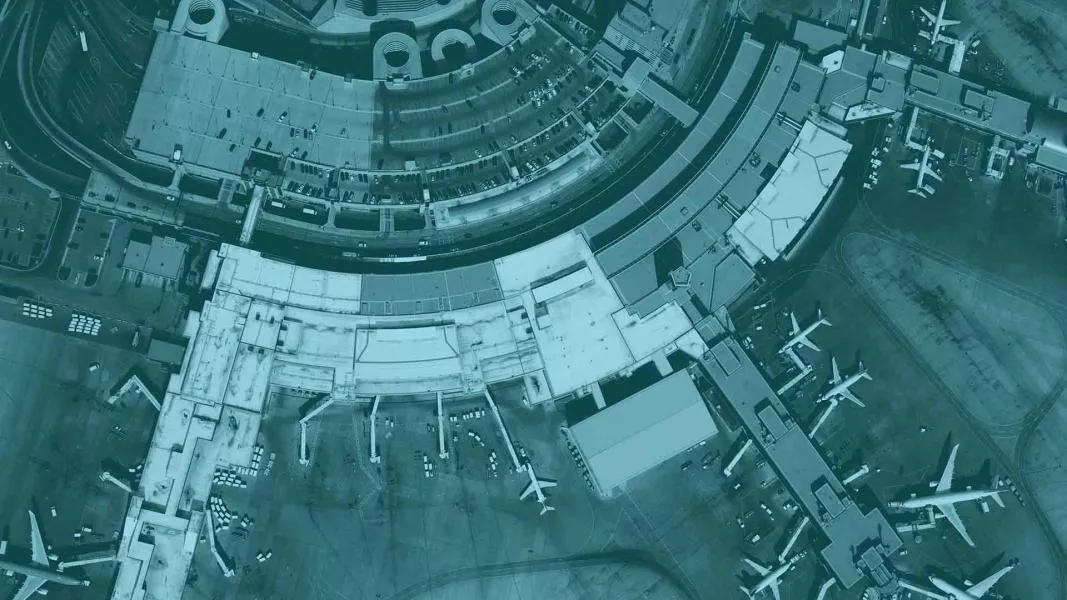I’d used a bike share once before in the States a couple of years ago, but the industry has come a long way from swiping a credit card to rent a bike from a central bay.

It’s easy for a company that’s been around for more than 50 years to just keep trundling along as always—but we haven’t.

As flight shopping becomes more personalized and airlines look for new ways to reach their customers, direct selling is more of a necessity than ever before.

There’s a timeless romance written on every airline ticket. Four letters in the tax box spin a tale of vital airline revenue: YQ and YR.

How do 400+ airlines, 10+ GDSs, and hundreds of websites and sales channels produce consistent answers to flight shopping searches? Through ATPCO standards.

We're used to seeing photos of products and hotel rooms and knowing what amenities are available before we hit that “Buy” button. The airline industry is too smart to be left behind.

One thing is clear: New technologies and data standards will continue to drive innovation and New Distribution Capability is coming for all.

